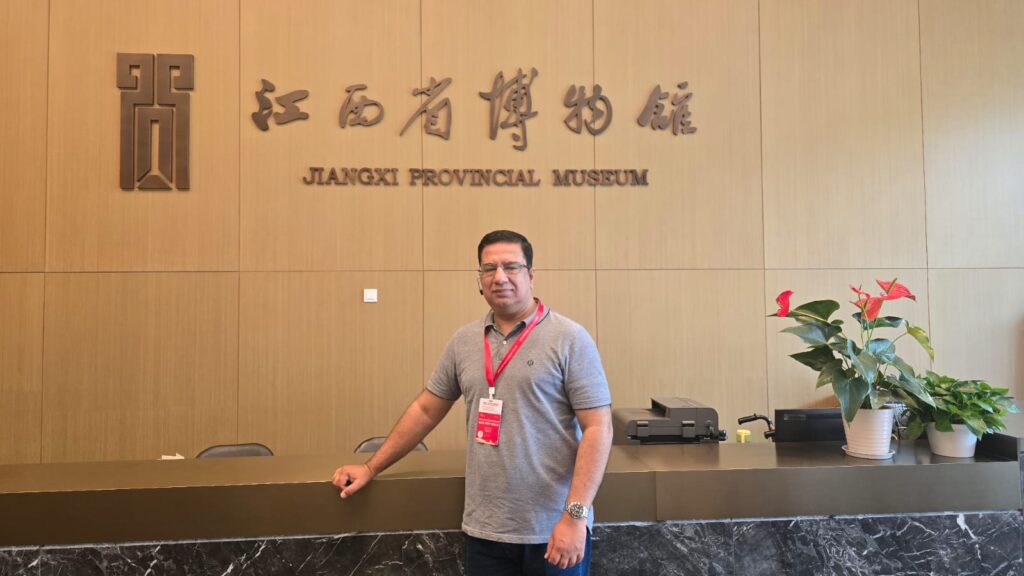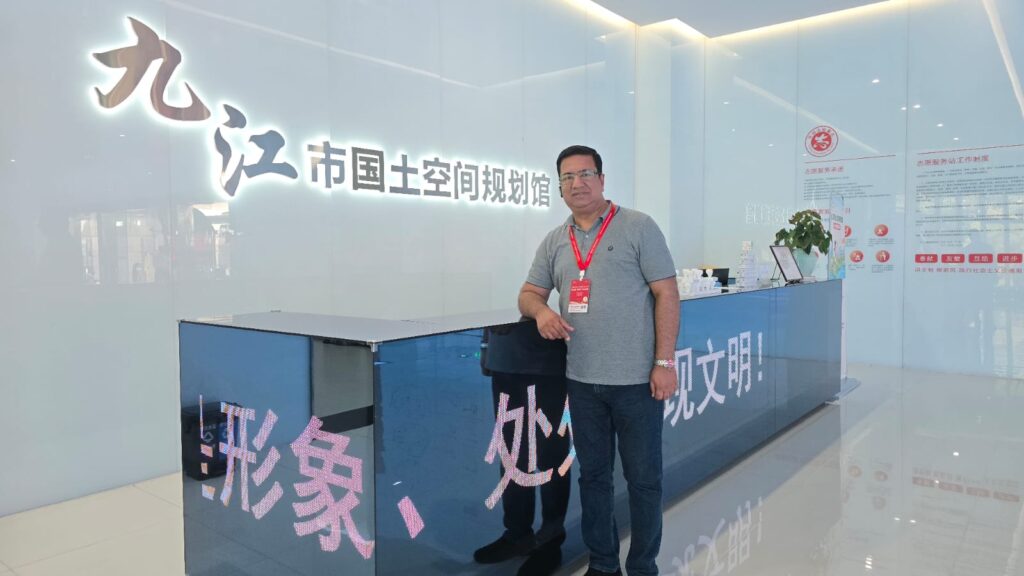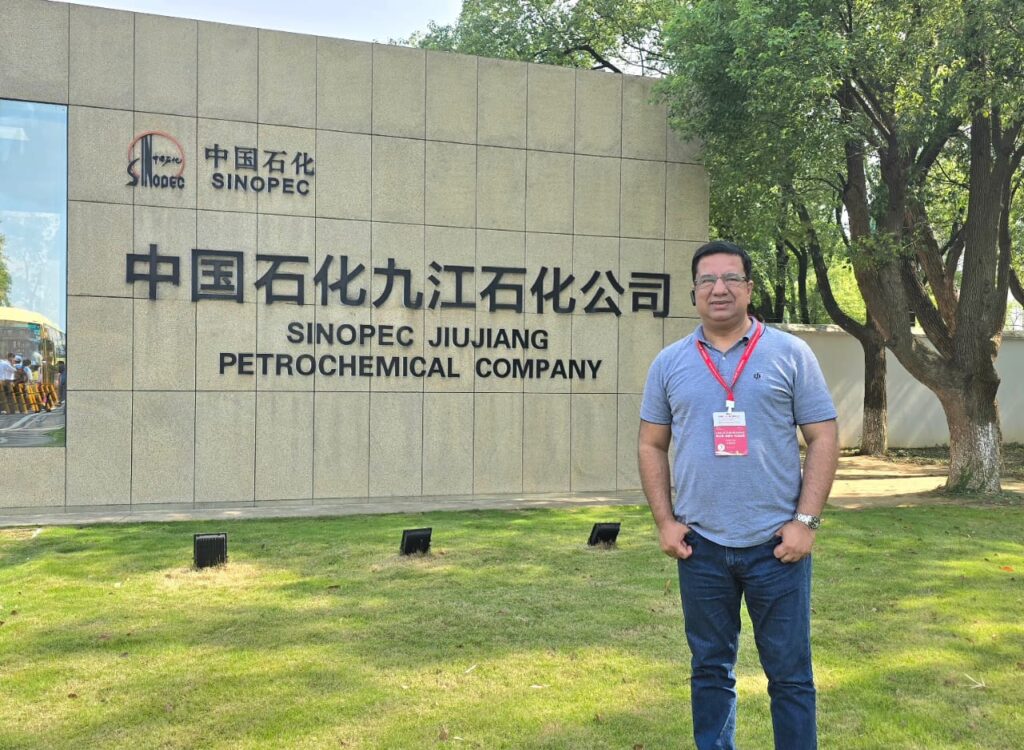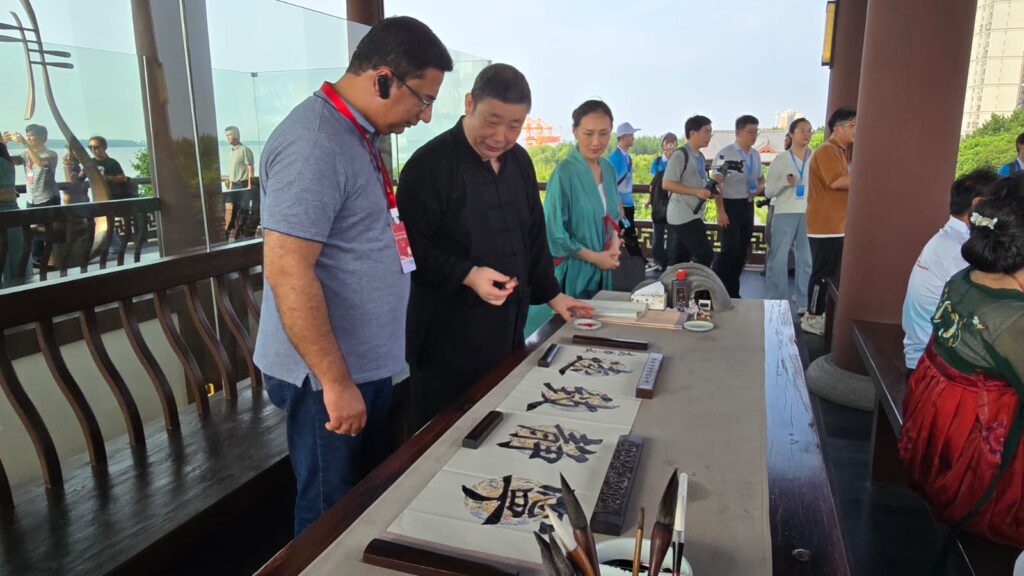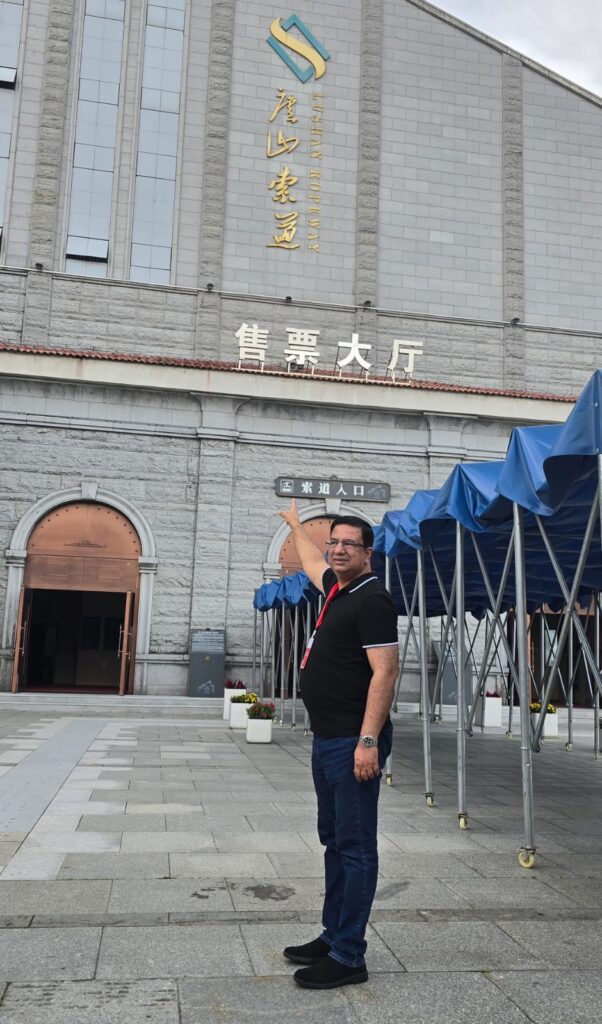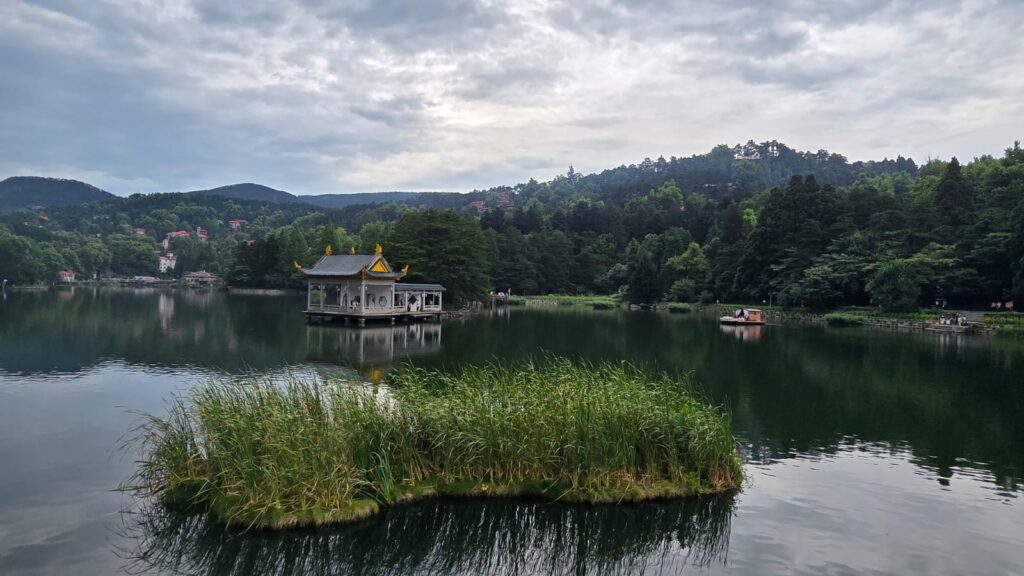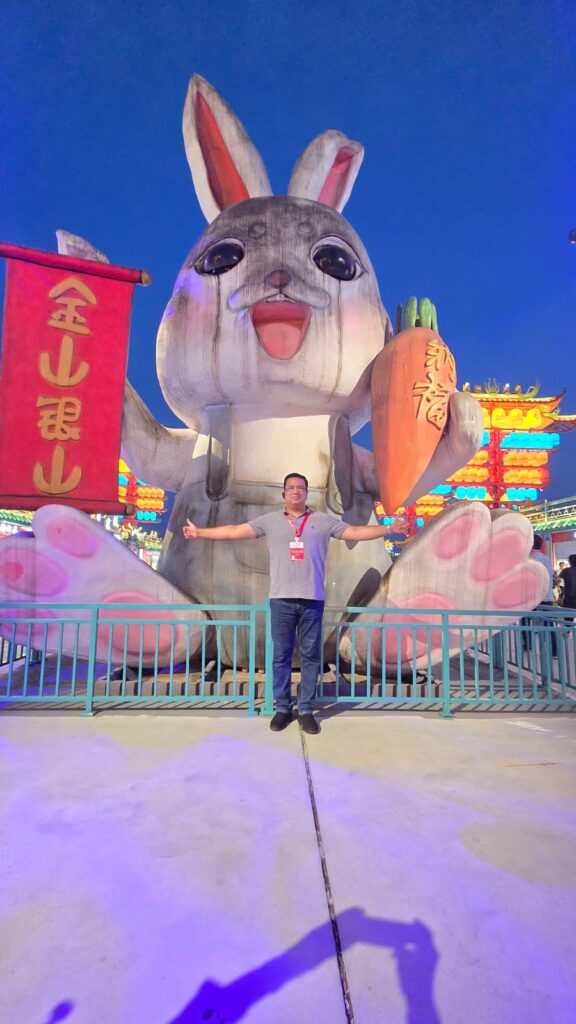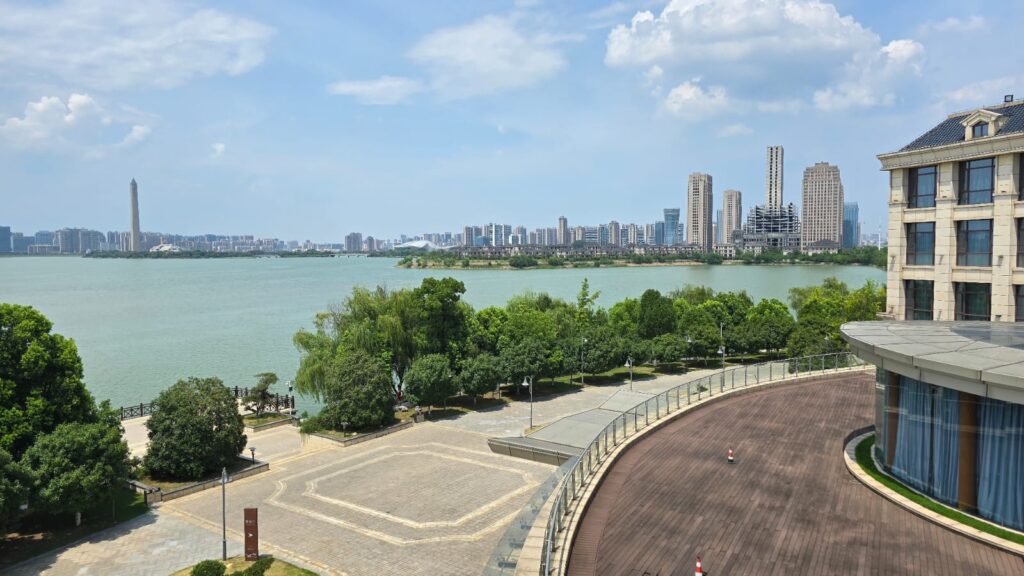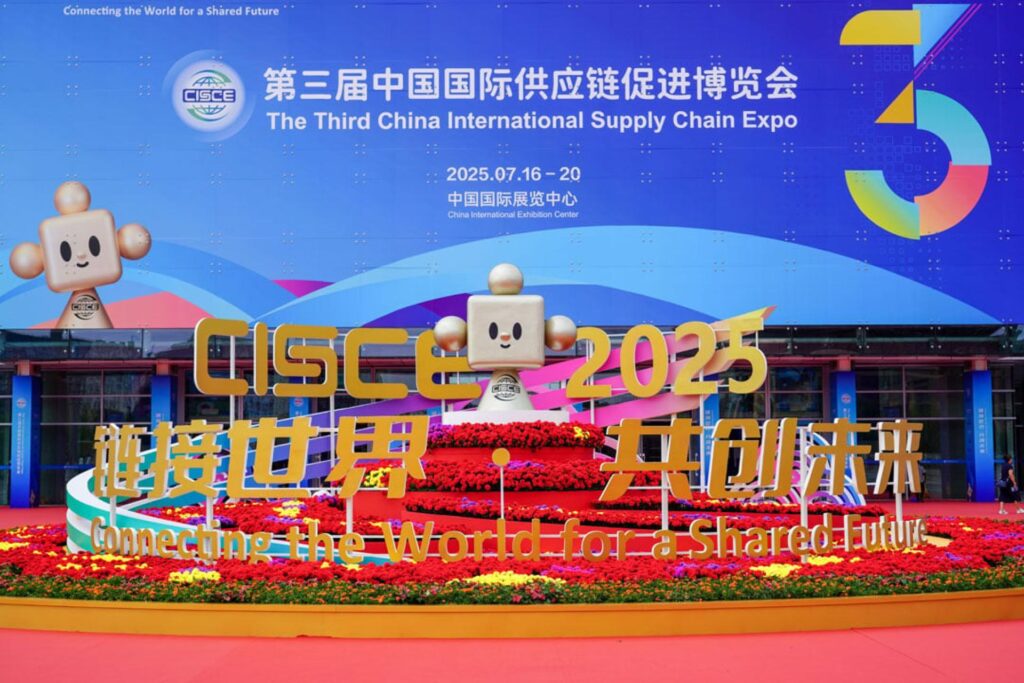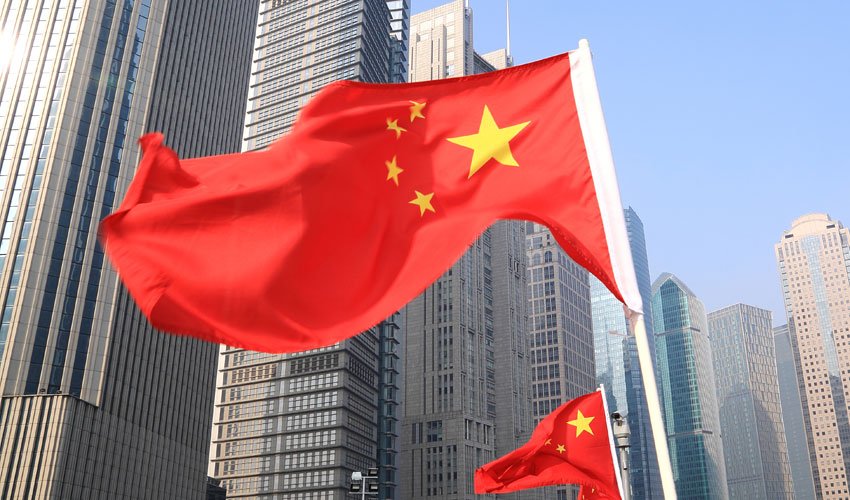
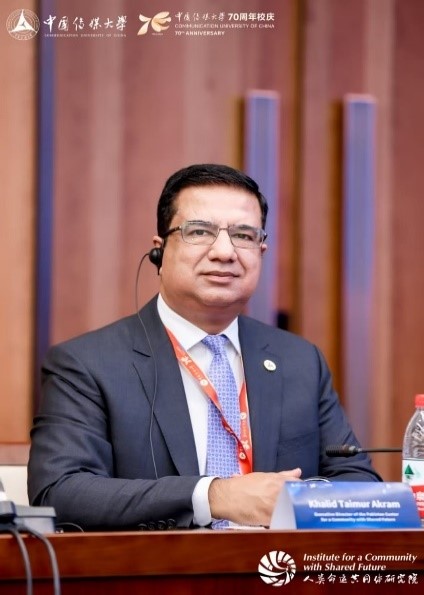
Written by Mr. Khalid Taimur Akram is the Executive Director, Pakistan Research Center for a Community with Shared Future (PRCCSF).
The 2025 Belt and Road Journalists Forum, held in Jiangxi Province, China, from July 14 to July 20, offered a transformative journey into the heart of China’s ancient civilization and modern dynamism. Organized by the All-China Journalists Association under the theme “Promoting Civilizational Dialogues and Global Modernization with the Power of Journalists,” the forum brought together media professionals from around the world for an immersive experience. As an international participant, this trip left a deep imprint on my understanding of China’s balance between tradition and innovation, showcasing how heritage and modernity can coexist to guide a more inclusive, sustainable future.
The week-long visit through Jiangxi Province offered a profound and transformative first impression of Chinese culture and civilization. Experiencing Jiangxi in such an immersive, firsthand manner left a deep and lasting impact on my understanding of heritage, development, and the shared values of humanity. As one of the world’s oldest continuous civilizations, China presents a legacy that is timeless and vibrant, deeply philosophical yet remarkably practical, and ever-evolving while rooted in millennia of tradition.
In Jiangxi, particularly in the dynamic cities of Ganzhou, Nanchang, and Jiujiang, we witnessed the beauty of Chinese innovation, the discipline of sustainable growth, and the spirit of harmony that continues to guide its people. Known as one of the “Four Cradles” of human civilization alongside Mesopotamia, Egypt, and the Indus Valley, China has maintained over 5,000 years of uninterrupted cultural continuity. This extraordinary resilience is more than a historical achievement but also a source of wisdom and strength, providing invaluable perspectives on addressing the challenges of contemporary development.
Jiangxi, as a province, keeps its civilizational continuity and is home to Mount Lushan, a UNESCO World Heritage Site renowned for its breathtaking natural beauty and profound cultural significance. With its serene landscapes, ancient temples, and literary legacy, it draws visitors into the soul of Chinese civilization, offering an ideal blend of natural spirituality and human creativity. Jiangxi’s significance in modern China extends far beyond scenic landscapes and historical temples. The province today stands as a living embodiment of Chinese philosophical ideals, particularly the concept of balance and harmony, skillfully managing the tension between rapid development and cultural and ecological preservation. From advanced technological zones to rural revitalization projects, Jiangxi exemplifies a model of progress that does not sacrifice the planet, heritage, or human dignity in the name of modernization.
What impressed me most throughout this journey was how China’s investment in science, technology, and infrastructure is not driven merely by global competition or profit but by a deep commitment to serve humanity, improve livelihoods, and safeguard our collective future. Jiangxi’s development is multidimensional and people-centered. The province has become a hub for new energy, digital innovation, aerospace industries, and ecological engineering and plays an active role in China’s Yangtze River Economic Belt and Belt and Road Initiative (BRI), helping strengthen community with a shared future through economic cooperation. Smart logistics, green industrial parks, and technological innovation zones in cities like Nanchang and Ganzhou are accelerating high-quality development while supporting environmental goals. Moreover, Jiangxi’s emphasis on educational reform, cultural industries, and rural revitalization has empowered local communities and preserved their unique identities amid modernization.
Nanchang: City of Revolutionaries and Rising Innovation
Nanchang, the capital of Jiangxi Province, represents China’s proud revolutionary legacy and its forward-looking development. Located near the Yangtze River and Poyang Lake, Nanchang is both a commercial hub and a symbol of China’s revolutionary spirit. The city is historically significant, as it marked the founding of the People’s Liberation Army (PLA). Today, it stands as a modern metropolis with thriving industries in aviation, pharmaceuticals, and electromechanics, while still preserving its cultural soul.
A visit to the Tengwang Pavilion, an architectural masterpiece overlooking the Gan River, offered an ethereal experience, especially when illuminated at night. This structure, steeped in literary and philosophical significance, captures the introspective essence of Jiangxi’s cultural legacy. The Jiangxi Provincial Museum further deepened this impression, offering curated exhibits of ancient ceramics, revolutionary artifacts, and the story of Chinese civilization’s unbroken continuity. In Nanchang, one can truly feel the rhythm of a city that has harmonized its historical richness with the demands of the future.
Jiujiang: A Blend of Nature and Culture
Moving northward to Jiujiang, we discovered a city famed for its natural elegance and cultural heritage. Nestled between mountain ranges and the Yangtze River, Jiujiang seamlessly merges ecological serenity with historical grandeur. Landmarks such as Xunyang Tower, Pipa Pavilion, and the Dragon Palace Cave echo the poetic wisdom of ancient Chinese dynasties.
The awe-inspiring Lushan Mountain, a UNESCO World Heritage Site, proved to be the crown jewel of the visit. With its cloud-kissed peaks, rich botanical diversity, and profound literary associations, Lushan offered not only a visual spectacle but also a philosophical retreat. Scholars and poets from across centuries have sought inspiration from Lushan, leaving behind a trove of cultural and artistic treasures.
Modern initiatives like the Shuangxi Park Urban Water Environment Project and the Jiujiang Territorial Spatial Planning Exhibition Hall showcase Jiujiang’s commitment to sustainable urban development. Meanwhile, cultural experiences like the Intangible Cultural Heritage performance at Ruqin Lake, the Jiujiang Tea Market, and visits to Songmo Homestay Industry illustrated how traditional livelihoods are being revitalized through creative industry models.
Lushan Mountains: Natural beauty and Cultural landscape
On July 17, the exploration of Lushan Mountain offered a day filled with awe and introspection. The mountain, long considered sacred in Chinese philosophy and literature, is not just a site of natural beauty but is a symbol of harmony between humanity and nature. Attractions such as Fairy Cave, Jingxiu Valley, and reflective lakes like Lulin and Rugin painted a picture of poetic serenity and ecological balance.
What makes Lushan particularly special is its embodiment of Chinese landscape culture and academy-based education. Once a key site for Chinese-Western cultural exchange, it played an important role in shaping southern China’s intellectual and political trajectory. From hiking through cherry blossom trails to savoring Jiangxi cuisine and tea, every moment on Lushan felt like a celebration of life’s deeper, simpler pleasures. As a World Cultural Heritage Site, Lushan is more than a destination and a living archive of Chinese values, emphasizing introspection, respect for nature, and the timeless dialogue between humans and their environment.
Ganzhou: Cradle of Hakka Culture & Engine of Green Innovation
The final stop, Ganzhou, brought our journey full circle, linking the wisdom of the past with the promise of the future. Known as the “Cradle of Hakka Culture,” Ganzhou is home to the world’s largest Hakka population. These descendants of early northern migrants developed a unique culture rooted in resilience, unity, and sustainability.
One of the most memorable experiences was visiting the Weiwu (enclosed Hakka houses), particularly the Guanxi New Enclosed House in Longnan. These fortress-like structures reflect the Hakka people’s ingenuity in architecture and community life. They symbolize protection, belonging, and cultural continuity. Nearby, the Shangbao Terraces, with their layered agricultural designs, stood as a tribute to eco-conscious farming practices that have sustained generations.
Beyond its cultural treasures, Ganzhou is also leading the green industrial revolution. Known as the “Kingdom of Rare Earth,” the city is pivotal in the development of humanoid robotics, electric vehicles, and renewable energy. Visiting the New Energy Technology City, we witnessed how high-tech innovation is driven by ecological wisdom. The coexistence of heritage-based values and modern scientific exploration in Ganzhou was both inspiring and instructive.
The journey through Jiangxi was not just a physical trip through beautiful landscapes and historic cities but also was a philosophical and emotional journey into the soul of Chinese civilization. Every city visited illustrated a different facet of China’s narrative: one of cultural preservation, scientific advancement, environmental consciousness, and social harmony. Perhaps most importantly, this journey revealed the soft power of Chinese diplomacy, a model based on dialogue, understanding, and mutual respect. China’s approach to modernization is not one of cultural hegemony but of cultural exchange, inviting the world to build bridges rather than barriers. Its global outreach, through forums like the Belt and Road Journalists Forum, illustrates a belief in the unity of civilizations.
Jiangxi Province exemplifies this philosophy of “harmony without uniformity” by offering the world a roadmap for inclusive growth where tradition informs innovation, nature partners with development, and culture inspires diplomacy. In today’s fragmented world, Jiangxi’s story is a powerful reminder that progress need not come at the cost of identity, heritage, or environment. To journey through Jiangxi is to walk through 5,000 years of Chinese civilization, a civilization that continues to shape and be shaped by the dreams of its people. Whether gazing upon the poetic heights of Lushan, exploring the revolutionary spirit of Nanchang, immersing in the tranquil charm of Jiujiang, or witnessing the cultural resilience of Ganzhou, one sees a consistent thread: the pursuit of harmony between past and present, tradition and technology, and nature and progress.
This journey offered not only insights into China’s remarkable development but also hope for a world where humanity can thrive by learning from its roots, respecting its environment, and embracing diversity. Jiangxi is more than just a destination; it is a vision of what the world can become when we value wisdom, peace, and shared humanity.
